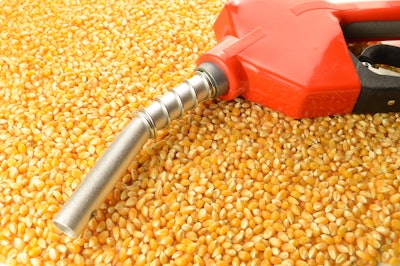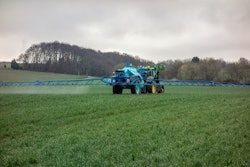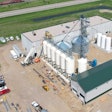
By producing fuel using sources with lower carbon intensity than traditional petroleum-based products, the U.S. biofuels sector is well-positioned to play a major role in reducing greenhouse gas emissions.
According to anew report from CoBank’s Knowledge Exchange, the recent surge of investments in U.S. renewable diesel production capacity is likely to ignite a period of growth and transition for the biofuels industry.
“The outlook for biofuels is favorable as the U.S. and other leading developed countries embrace renewable liquid transportation fuels as a solution to reduce greenhouse gas emissions,” saidKenneth Scott Zuckerberg, lead grain and farm supply economist forCoBank.
“Renewable diesel offers the most intriguing opportunity in the biofuels space, given the extraordinary growth potential.”
Major oil companies now embrace renewable diesel
As major oil companies have begun embracing renewable diesel, U.S. production is expected to increase exponentially.
Several industry stakeholders have announcedplans for new soybean crush and refinery facilitiesover the last two years.
Soybean oil is the feedstock most commonly used for producing renewable diesel. Combined, the proposed crush and refinery projects would increase U.S. renewable diesel production capacity six-fold by 2030 to 6.5 billion gallons annually.
More soybeans needed to meet growth
The expected growth in soybean oil-based renewable diesel, however, requires considerably more soybean bushels for domestic crush.
CoBank estimates that U.S. soybean acreage would need to increase by 17.9 million acres to fill the supply gap created by the additional crush and refinery projects that have been announced. Additionally, the U.S. would need to stop exporting whole soybeans.
Alternatives to a massive shift of acres from corn to soybeans would include growing other oilseeds like canola and sunflower on a larger scale, importing other vegetable oils, or using other feedstocks such as beef tallow to produce renewable diesel fuel.
Government policy has encouraged the growth of biofuels
Biofuel production has grown nearly 8% every year over the past 15 years, driven by tax credits and targeted government programs, including the federalRenewable Fuel Standard (RFS) Programand California’sLow Carbon Fuel Standard (LCFS).
TheInflation Reduction Act of 2022willincrease usage of renewable energy in general, and biofuels in particular.
Provisions specific to agriculture in this act include nearly $38 billion for spending on programs and initiatives ranging from farm bill working lands conservation and technical assistance to renewable energy and biofuels. There are also funds provided for rural development and drought mitigation.
Renewable diesel does not require modifications to older engines
Biodiesel and renewable diesel are 50% to 55% less carbon-intensive than traditional petroleum diesel.
Although renewable diesel and biodiesel have similarly low carbon scores, renewable diesel offers the additional benefit of being used as a “drop-in” fuel.
这意味着它不需要额外的混合with petroleum diesel, which is required before biodiesel can be used by commercial engines. As a drop-in fuel, renewable diesel does not require any modifications to older engines, a key attribute for increased adoption.
Read the report,Renewable Diesel Projected to Turbo Charge Biofuel Growth.





















